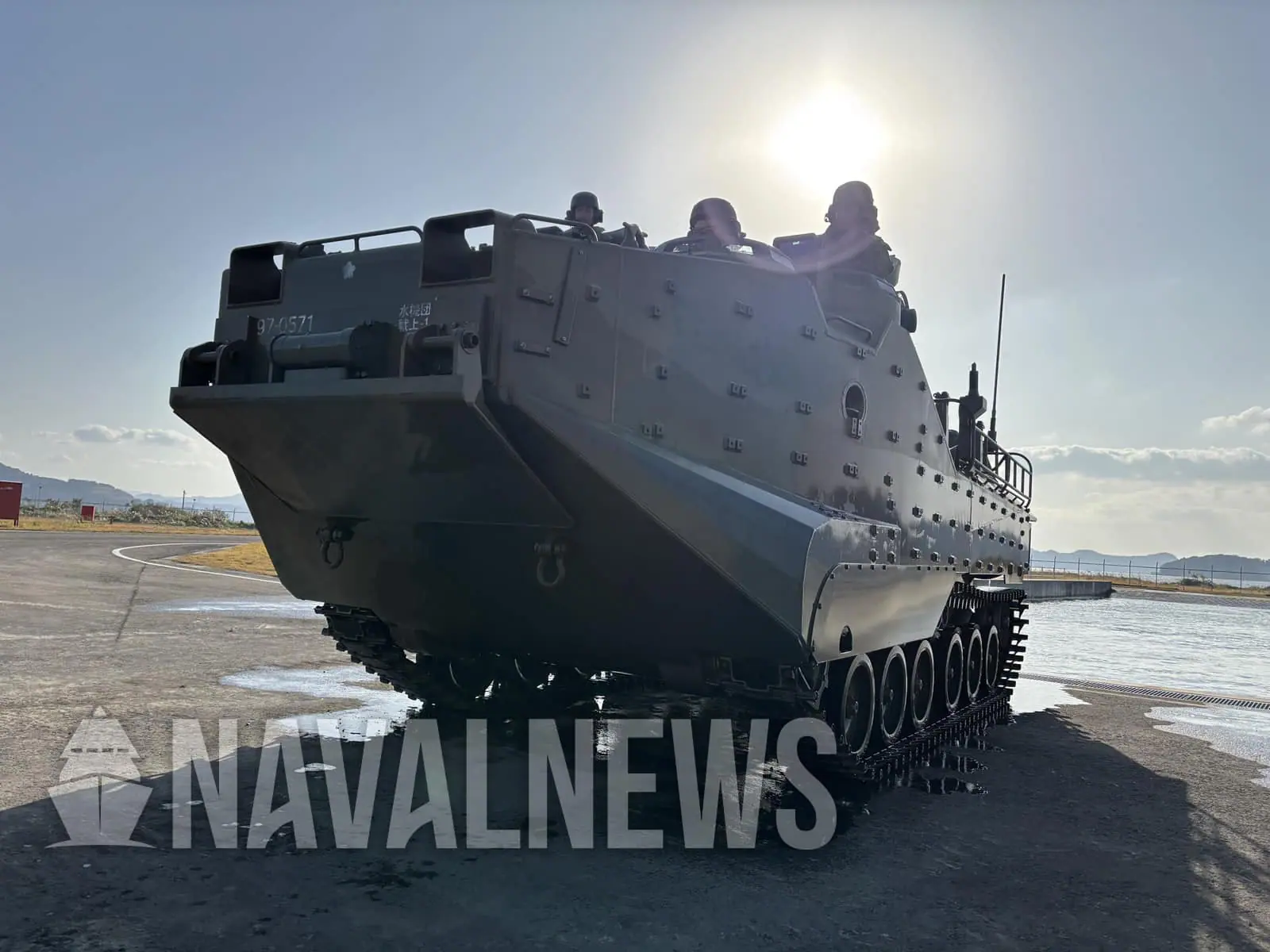On October 4, 2023, the cargo vessel Bonnie G ran aground near St. Thomas in the U.S. Virgin Islands due to a failure in its anchor chain. The National Transportation Safety Board (NTSB) reported that the vessel, which had been waiting for adverse weather conditions to improve, started to drift uncontrollably. The crew of 12 was safely rescued by the U.S. Coast Guard, and though no environmental damage or injuries occurred, the ship was deemed a total constructive loss estimated at $1.5 million.
Investigations revealed that the captain made critical errors in the anchoring process, contributing significantly to the grounding. Prior to departure from St. Croix, forecasts predicted winds between 10-15 knots, with gusts up to 25 knots overnight. However, conditions were worse upon their arrival at Crown Bay, where a loaded barge blocked Bonnie G’s docking area. This led the captain to opt for anchoring rather than attempting to dock in unfavorable conditions.
In anchoring the vessel, the captain misjudged the water depth, estimating it at 23-26 feet, yet it was significantly deeper at 68 feet. Best practices suggest that the length of the anchor chain should be five to seven times the water depth, meaning the Bonnie G required approximately 2.5 to 3.5 times more chain than deployed. This insufficient chain likely caused the anchor to drag and led to its eventual failure, allowing the vessel to drift towards the shore.
While attempting to regain control, the captain inadvertently steered the Bonnie G onto a submerged rock, breaching the hull near the engine room, which allowed seawater to flood the vessel. It was also noted that a watertight door in the engine room was left open, which, if secured, could have contained the flooding and reduced the damage.
The NTSB concluded that the grounding resulted mainly from inadequate anchor chain length, leading to the failure, along with the captain’s inability to identify the nearby rock on navigational charts. As a preventive measure, mariners are urged to consult navigational charts and local resources like the U.S. Coast Pilot, especially under challenging weather conditions where drifting could occur.
This incident underscores the importance of adhering to anchoring guidelines and staying informed about local navigational hazards. To access the full report, additional insights, and educational resources on maritime safety, visit the NTSB website.
Source link



